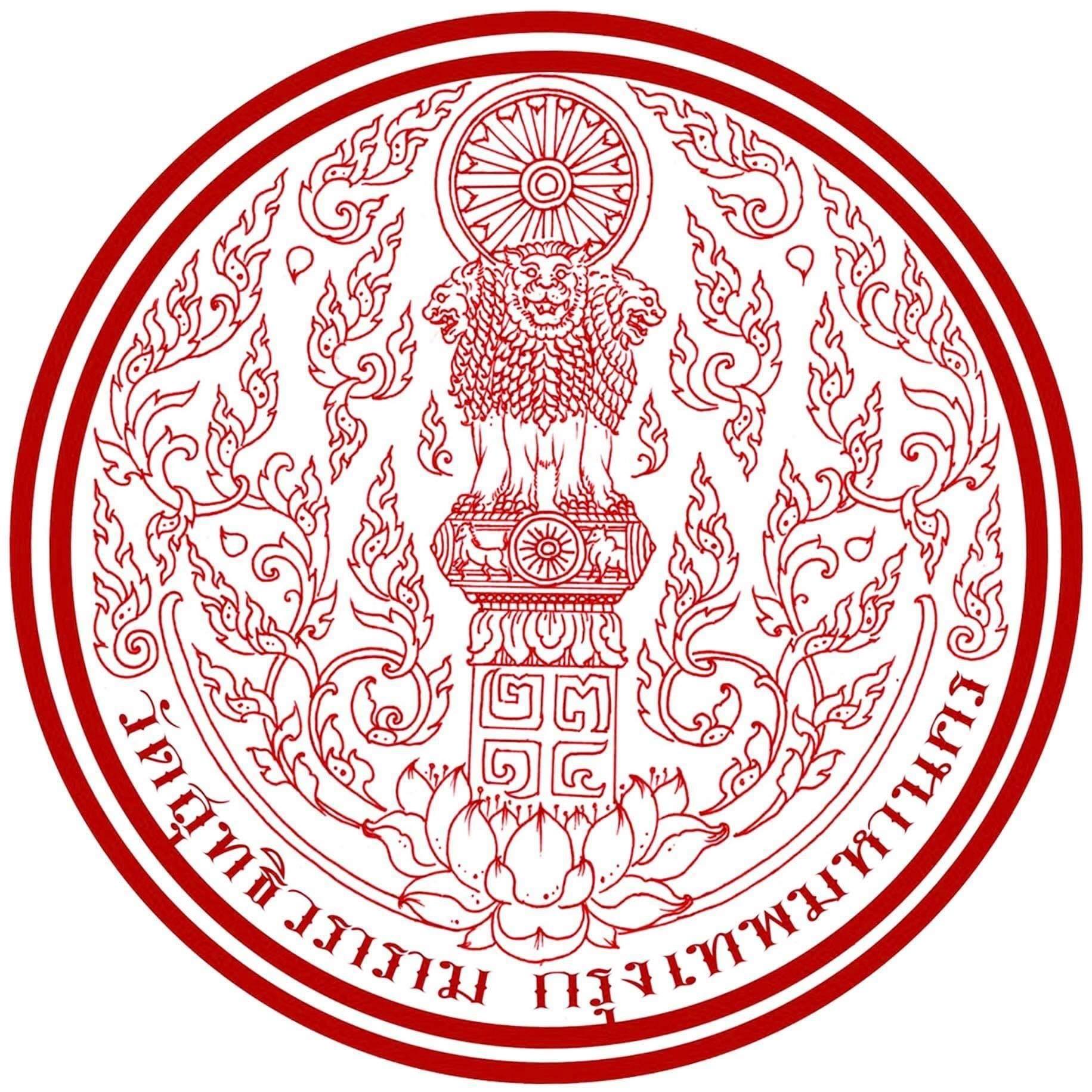Linguistic Diversity and Language Policies in Thai Education: Challenges and Opportunities in Multilingual Classrooms
Keywords:
Linguistic Diversity, Language Policies, Thai Education, Multilingual Classrooms, English Medium InstructionAbstract
This paper explores the complexities and opportunities surrounding linguistic diversity and language policies in Thai education, particularly in multilingual classrooms. With over 70 languages spoken across the country, Thailand’s classrooms are increasingly diverse, presenting unique challenges for educators and policymakers. The focus on Standard Thai in education has often marginalized minority languages, impacting students' learning experiences and cultural identities. The paper discusses how current language policies can be reformed to embrace multilingualism, fostering inclusivity and enhancing educational outcomes. Special attention is given to the role of English Medium Instruction (EMI) in universities and the integration of local languages into the curriculum, as well as strategies like Mother Tongue Based Multilingual Education (MTB-MLE) to improve language proficiency and academic success. By drawing comparisons with multilingual education systems in other countries, the paper suggests that Thailand can benefit from more inclusive language practices that support both local and global linguistic needs.
References
ACDP Indonesia. (2014). Mother tongue-based multilingual education. Retrieved from https://core.ac.uk/download/227155232.pdf
Ambele, E. A., & Okoye, C. R. (2023). Classroom translanguaging as a learning strategy: Thai secondary school EFL students’ perceptions. Retrieved from https://core.ac.uk/download/578306663.pdf
Anggieta, S., & Sumardi, S. (2022). Promoting primary English teacher’s awareness on interculturally-sensitive teaching materials: Autobiography narrative inquiry. Retrieved from https://core.ac.uk/download/552635146.pdf
Bezcioğlu-Göktolga, İ., & Yağmur, K. (2017). Home language policy of second-generation Turkish families in the Netherlands. Journal of Multilingual and Multicultural Development, 39(1), 44–59. https://doi.org/10.1080/01434632.2017.1310216
Bonacina-Pugh, F., Cabral, I. D. C., & Huang, J. (2021). Translanguaging in education. Language Teaching, 54(4), 439–471. https://doi.org/10.1017/s0261444821000173
Chishiba, G., & Mukuka, J. (2025). Language and literacy learning experiences of Deaf students in multilingual primary teacher education classrooms in Zambia: A case study of Kitwe College of Education. Asian Journal of Education and Social Studies, 10(3), 211–225. https://www.semanticscholar.org/paper/63c4275b9ac62804cd48d63ca9d741091338403f
Christison, M., Krulatz, A., Lorenz, E., & Sevinç, et al. (2024). The impact of teacher professional development on teacher cognition and multilingual teaching practices. Journal of Language Education and Multilingualism, 12(3), 128–142.
Coronel-Molina, S., Chen, X., Bamanger, E., & Kwon, S. (2023). International Journal of Literacy, Culture, and Language Education (IJLCLE), 4(1), 35–47. https://doi.org/10.14434/ijlcle.v4i.37198
Esch, K. S. V., Motha, S., & Kubota, R. (2020). Race and language teaching. Language Teaching, 53(4), 391–421. https://doi.org/10.1017/s0261444820000269
Galloway, N., & Numajiri, T. (2019). Global Englishes language teaching: Bottom-up curriculum implementation. TESOL Quarterly, 54(1), 118–145. https://doi.org/10.1002/tesq.547
Hall, S. J. (2015). A past before a blueprint: Malaysia's challenges in English language teaching. Retrieved from https://core.ac.uk/download/148366666.pdf
Kapoor, K. K., Tamilmani, K., Rana, N. P., Patil, P. P., Dwivedi, Y. K., & Nerur, S. (2017). Advances in social media research: Past, present, and future. Information Systems Frontiers, 20(3), 531–558. https://doi.org/10.1007/s10796-017-9810-y
Mavrič, V. (2022). LSP4Employability conference: 10-11 May 2022 Our keynote speakers. Retrieved from https://www.semanticscholar.org/paper/2cd2ae8c4f157b709b18fbcb36da0874a55f734e
Mitchell, G., Chojimah, N., & Nurhayani, I. (2022). Directions for Indonesian language policy in education: Towards a translingual perspective. NOBEL: Journal of Literature and Language Teaching, 13(2), 156–172. https://www.semanticscholar.org/paper/209aec866b04bb103e34fc8f3df8bf675a073807
Mokikwa, H., & Mokhele-Ramulumo, M. (2024). Navigating language diversity in multilingual STEM classrooms: Strategies for inclusive education. International Education Trend Issues, 12(1), 78–92. https://doi.org/10.17191/ieti.2024
Pennycook, A. (2020). Translingual entanglements of English. Retrieved from https://doi.org/10.1111/weng.12456
Pennycook, A. (2020). Translingual entanglements of English. World Englishes, 39(2), 222–235. https://doi.org/10.1111/weng.12456
Pholying, T. (2025). Embracing global Englishes in Thailand: Linguistic diversity and cultural integration. Asian Journal of Arts and Culture, 5(1), 112–130. https://www.semanticscholar.org/paper/18f901ec263ccc2dff3ed746c655a9b4bc2e4a8d
Rose, H., & Montakantiwong, A. (2018). A tale of two teachers: A duoethnography of the realistic and idealistic successes and failures of teaching English as an international language. RELC Journal, 49(1), 88–101. https://doi.org/10.1177/0033688217746206
Saikia, L. (2024). A symphony of languages: The cultural harmony and challenges of India's linguistic diversity. International Journal for Multidisciplinary Research, 12(2), 67–81. https://www.semanticscholar.org/paper/e37f614809d1446d574cc3a8ee4d74818198b587
Sameephet, B. (2020). On the fluidity of languages: A way out of the dilemma in English medium instruction classrooms in Thailand. Retrieved from https://core.ac.uk/download/287785148.pdf
Svendsen, B. A. (2018). The dynamics of citizen sociolinguistics. Retrieved from https://doi.org/10.1111/josl.12276
Tabe, N. A. (2024). Linguistic diversity and official language education in Cameroon. International Journal of Research and Innovation in Social Science, 8(1), 47–59. https://doi.org/10.17191/ijriss.2024
Thapa, C. B., & Adamson, B. (2017). Ethnicity, language-in-education policy and linguistic discrimination: Perspectives of Nepali students in Hong Kong. Journal of Multilingual and Multicultural Development, 39(4), 329–340. https://doi.org/10.1080/01434632.2017.1389947
Tulaganov, R. T., & Makhmetov, T. M. (2024). Priority directions and prospects for the development of language policy in the EU countries. Retrieved from https://www.semanticscholar.org/paper/1887988a6140e11e9db5de18a02123ae64c91dcd
Winfield, L. (2016). The Thai-Lao mother tongue: Teacher needs, competencies, and conditions for effective instruction (Doctoral dissertation). University of London.
Downloads
Published
How to Cite
Issue
Section
License
Copyright (c) 2025 Insights into Modern Education (i-ME)

This work is licensed under a Creative Commons Attribution-NonCommercial-NoDerivatives 4.0 International License.







